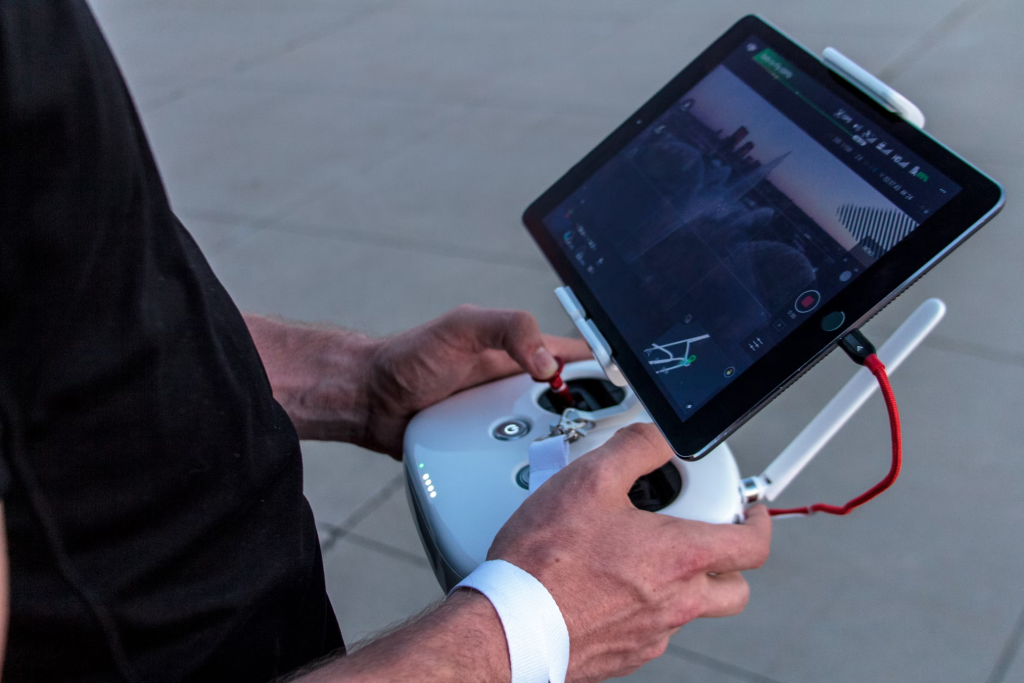Wireless headphones. Wireless chargers. Wireless wifi. It seems like we’ve gotten rid of just about every wire in sight—no more sorting through knots upon knots of cables and leads.
They’ve certainly made a big difference in our lives, from the little to the big things. Just about everyone uses wireless applications, even if you don’t know it. More and more businesses are using wireless applications ranging from WiFi to Bluetooth to infrared detectors. Wireless antennas are essential components and hospitals and airports alike use them to ensure seamless connectivity and communication.
But how did we get here?
Well, at the heart of these technological advances is the invention of wireless antennas.
We’ll break down the genesis of wireless antennas, from the pioneering work of Guglielmo Marconi to the cutting-edge innovations of the modern era.
The Invention of Wireless Communication
Guglielmo Marconi, is the person to thank. In the late 19th century, Marconi started on his path to realize the, seemingly, impossible dream of sending messages through the air, without wires.
Drawing inspiration from the groundbreaking research of scientists like James Clerk Maxwell, Marconi conducted a series of daring experiments that culminated in successfully transmitting radio signals over considerable distances.
In 1895, Marconi achieved a major breakthrough when he transmitted a wireless signal over a distance of 1.5 miles, demonstrating the feasibility of wireless communication. Undeterred by skepticism and technical challenges, Marconi continued to refine his apparatus, eventually achieving transatlantic radio communication in 1901 with the historic transmission from Poldhu, Cornwall, to St. John’s, Newfoundland.
Marconi’s visionary contributions laid the foundation for modern wireless communication technologies, revolutionizing everything from maritime navigation to military communication. Really, his influence cannot be overstated.
Early Antenna Designs
In the early days of wireless communication, engineers and inventors faced the challenge of how to effectively transmit and receive electromagnetic signals without the aid of wires.
Monopole Antennas
Monopole antennas, consisting of a single wire extending vertically from a ground plane, were one of Marconi’s earliest designs. These antennas were relatively easy to construct and provided omnidirectional radiation patterns, making them suitable for broadcasting signals over long distances.
Dipole Antennas
Dipole antennas consisted of two parallel wires oriented horizontally and fed at the center. Marconi’s dipole antennas were instrumental in his early experiments with wireless communication, demonstrating the feasibility of sending and receiving radio signals over considerable distances.
Yagi-Uda Antenna
In the early 20th century, Japanese engineers Hidetsugu Yagi and Shintaro Uda developed the Yagi-Uda antenna, a directional antenna consisting of multiple elements arranged in a specific configuration. The Yagi-Uda antenna offered significant improvements in gain and directivity compared to earlier designs, making it well-suited for long-range communication.
Early engineers made remarkable strides in antenna technology, laying the groundwork for the wireless communication systems that would follow.
World War II and Antenna Advancements
World War II was a catalyst for significant advancements in antenna technology, driven by the urgent need for reliable communication systems on the battlefield. Military commanders recognized the strategic importance of maintaining constant communication with troops and coordinating operations over vast distances. As a result, considerable resources were allocated to the development of advanced antenna systems capable of withstanding harsh combat conditions.
During World War II, engineers focused on improving the performance and reliability of directional antennas, which could transmit signals over longer distances with greater accuracy. Innovations such as the log-periodic antenna and the rhombic antenna emerged from this period, providing military forces with powerful tools for long-range communication.
Additionally, research conducted during the war laid the groundwork for the development of radar systems, which relied heavily on antenna technology. Radar antennas played a crucial role in detecting enemy aircraft and ships, giving Allied forces a decisive advantage in combat situations.
Microwave and Satellite Communication
Emerging in the mid-20th century, microwave and satellite communication technologies revolutionized the way information is transmitted over long distances, overcoming the limitations of traditional wired networks.
Microwave Communication
Microwave communication relies on high-frequency radio waves, typically in the gigahertz range, to transmit data between fixed points. This technology became widespread with the development of microwave relay systems, which utilized a network of ground-based antennas to relay signals over vast distances. Microwave communication offered high data rates and low latency, making it ideal for long-distance communication links such as those used in telecommunications networks and television broadcasting.
Satellite Communication
Satellite communication leverages the vast reach of space to facilitate global communication. Satellites orbiting the Earth act as relay stations, receiving signals from ground-based transmitters and retransmitting them to other locations on the planet. This technology enables ubiquitous coverage, reaching even the most remote areas where traditional infrastructure is impractical or economically unfeasible. Satellite communication is used for a wide range of applications, including television broadcasting, internet access, and military communication.
Together, microwave and satellite communication technologies have facilitated the globalization of commerce, expanded access to information and resources, and revolutionized industries ranging from telecommunications to agriculture.
What are Some Modern Antenna Innovations?
Modern antenna innovations have propelled wireless communication into new realms of efficiency, performance, and versatility. Some of the most notable modern antenna innovations include:
Metamaterial Antennas
Metamaterials are engineered materials with properties not found in naturally occurring substances.
Metamaterial antennas utilize these unique properties to achieve unprecedented control over electromagnetic waves.
By manipulating the structure and composition of metamaterials, engineers can create antennas with enhanced performance characteristics, such as improved bandwidth, efficiency, and directionality.
Phased Array Antennas
Phased array antennas consist of multiple antenna elements that can be individually controlled to steer and shape electromagnetic beams.
This technology allows for dynamic beamforming, enabling antennas to adapt to changing signal conditions and focus transmission/reception in specific directions.
Phased array antennas are widely used in radar systems, satellite communication, and wireless networks, offering advantages in terms of flexibility, speed, and reliability.

Multiple Input Multiple Output (MIMO) Antennas
MIMO technology employs multiple antennas at both the transmitter and receiver to increase data throughput and improve signal reliability.
MIMO antennas enable higher data rates and better resistance to interference and fading.
MIMO technology is fundamental to modern wireless communication standards such as Wi-Fi, LTE, and 5G.
Small Antennas for IoT and Wearable Devices
With the increase of IoT devices and wearable technologies, there is a growing demand for compact, low-profile antennas that can operate efficiently in constrained spaces.
Engineers have developed innovative solutions such as printed antennas, chip antennas, and fractal antennas to meet these requirements.
These small antennas offer advantages in terms of size, cost, and integration, making them well-suited for a wide range of applications, from smartwatches to smart home devices.
What Might we Expect to see in the Future?
5G and Beyond: Antenna technology will play a critical role in the deployment and optimization of 5G networks, offering higher data rates, lower latency, and increased capacity. Future advancements in antenna design will focus on supporting the diverse requirements of 5G applications, including massive MIMO, beamforming, and millimeter-wave communication.
Internet of Things (IoT): As the IoT ecosystem continues to expand, there will be a growing demand for antennas that can accommodate the diverse connectivity needs of IoT devices. Antennas optimized for low power consumption, wide coverage, and robustness in harsh environments will be essential for enabling seamless communication between IoT devices and the cloud.
Smart Cities and Infrastructure: Antenna technology will play a pivotal role in the development of smart cities and infrastructure, facilitating connectivity between sensors, actuators, and control systems. Antennas deployed in urban environments will need to address challenges such as interference, multipath propagation, and signal attenuation to ensure reliable communication in dynamic and crowded environments.
Autonomous Vehicles: Antenna technology will be crucial for enabling communication between autonomous vehicles and infrastructure, as well as supporting vehicle-to-vehicle (V2V) and vehicle-to-everything (V2X) connectivity. Antennas optimized for high-speed communication, low latency, and resilience to interference will be essential for ensuring the safe and efficient operation of autonomous vehicles.
As technology continues to evolve, we can expect to see continued advancements in antenna design, leading to faster speeds, greater reliability, and broader connectivity in the wireless world of tomorrow.








